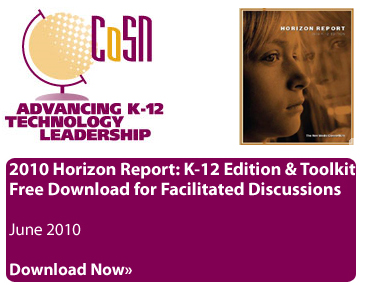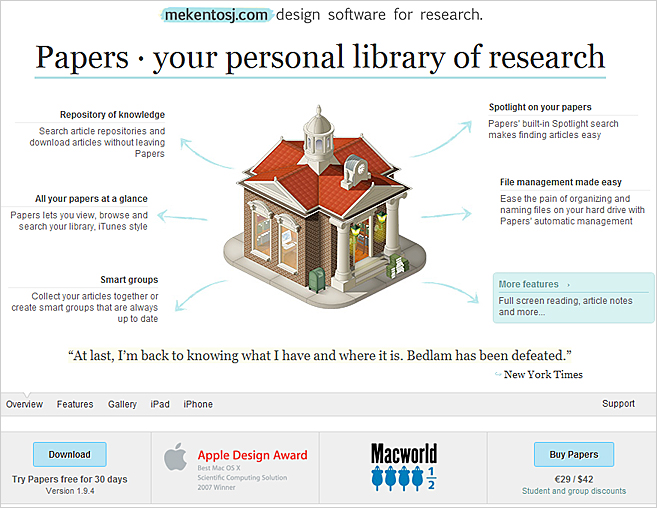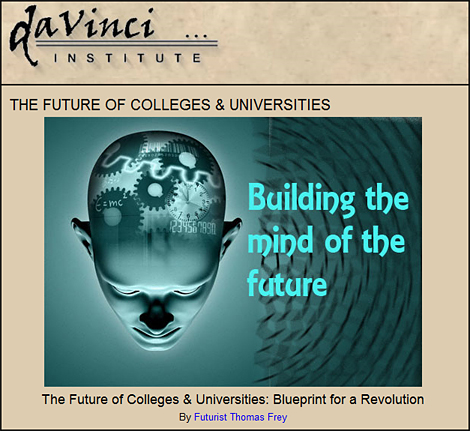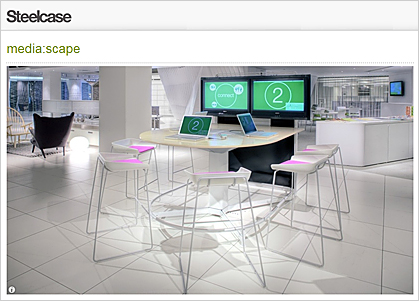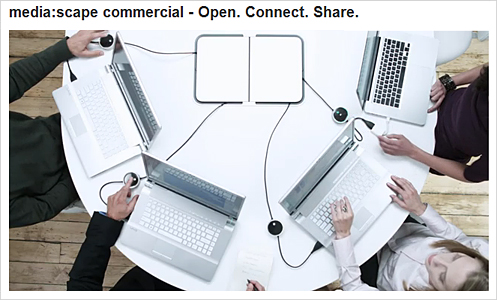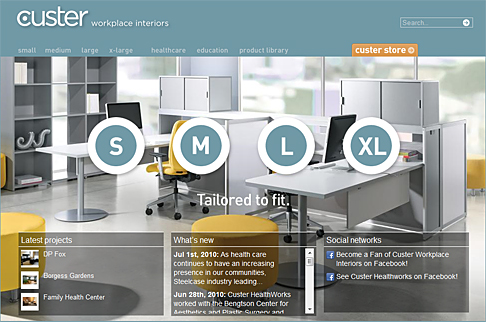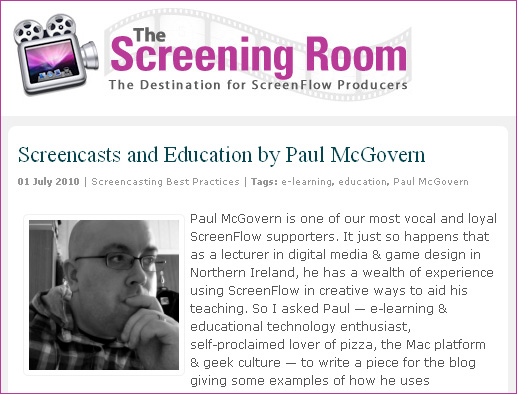Reaching the last technology holdouts at the front of the classroom — from the Chronicle by Jeff Young
Chris Dede, a professor of learning technologies at Harvard U., helped write the Department of Education’s new National Educational Technology Plan, which challenges educators to leverage modern technology to create engaging learning experiences for students.
Every semester a lot of professors’ lectures are essentially reruns because many instructors are too busy to upgrade their classroom methods.
That frustrates Chris Dede, a professor of learning technologies at Harvard University, who argues that clinging to outdated teaching practices amounts to educational malpractice.
“If you were going to see a doctor and the doctor said, ‘I’ve been really busy since I got out of medical school, and so I’m going to treat you with the techniques I learned back then,’ you’d be rightly incensed,” he told me recently. “Yet there are a lot of faculty who say with a straight face, ‘I don’t need to change my teaching,’ as if nothing has been learned about teaching since they had been prepared to do it—if they’ve ever been prepared to.”
And poor teaching can have serious consequences, he says, when students fall behind or drop out because of sleep-inducing lectures. Colleges have tried several approaches over the years to spur teaching innovation. But among instructors across the nation, holdouts clearly remain.
From DSC:
A major part of me agrees wholeheartedly with this. If a group of people are in control at an institution, those persons are responsible for the performance of the institution. So if faculty have the control at an institution, they are responsible for the results of that institution.They must take the steps to keep innovating, adapting, and must never be content w/ the status quo. (And actually, this is the case whether they are in control or not.)
Yet…another part of me struggles with loading everything on the faculty member. While I agree that we all need to keep growing, innovating, and updating our courses, I think that we are asking faculty to do too much here. They can’t keep up and neither can the instructional technologists. Few, if any, people have all the required skills nowadays. The bar has risen too high.
We need TEAMS of specialists…and that’s why the for-profit, online universities are kicking the tails of everyone else. They utilize teams to build and deliver their content.
(Michael Jordan, as good as he was, wasn’t able to beat a solid team of players. It wasn’t until he got support from other members of his own team that the Bulls went on to win multiple championships.)
From Spring 2010
…
From DSC:
If you are even remotely connected to higher education, then you *need* to read this one!
Most certainly, not everything that Thomas Frey says will take place…but I’ll bet you he’s right on a number of accounts. Whether he’s right or not, the potential scenarios he brings up ought to give us pause to reflect on ways to respond to these situations…on ways to spot and take advantage of the various opportunities that arise (which will only happen to those organizations who are alert and looking for them).
Screencasts to support learning
I believe there are a number of reasons why screencasts are extremely effective as educational tools and I have outlined these below:
1. Time-flexible learning
2. Support Web 2.0 expectations of learners
3. Enhancement of the learning process
4. Enhancement of learning engagement
Let’s take a look at these one by one….
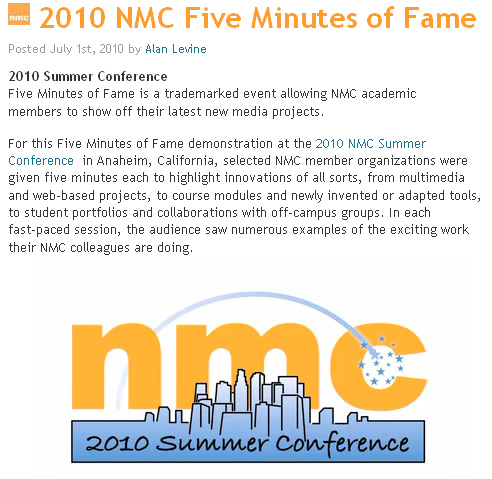 This year’s presentations included:
This year’s presentations included:
- Articulating Assessment: Digital Storytelling for Digital Work
Virginia Kuhn, University of Southern California - How IT Rescued a $100,000 No Budget Project
Lou Rera, Buffalo State College - Kindling Students – HCC’s eBook Classroom Project
Lorah Gough, Houston Community College System; Laurel Lacroix, Houston Community College System - Partnering for a 21st Century Education
Holly Ludgate, Full Sail University; Sharyn Gabriel, Orange County Public Schools; Kathy Craven, Full Sail University; Michael Cardwell, Full Sail University - Plasma Playground: Innovative Ideas for Training Students Techs
Helmut Baer, Dartmouth College - Timelines Tell All! Peasants and Revolutionaries Don’t Always Agree
Molly Ruggles, Massachusetts Institute of Technology - Touchless Interactive Art in the Personal Computer
Seiji Ikeda, University of Texas, Arlington; Collin Hover, University of Texas, Arlington - Using Voice Tools with Students in Online Courses
Gail Krovitz, Pearson Learning - Which Castle is That? Geotagging as a Tool for Research and Scholarship
Jared Bendis, Case Western Reserve University
Driving home the point on accessibility — InsideHigherEd.com
The U.S. Departments of Education and Justice on Tuesday released an open letter to colleges expressing concern that some institutions might be “using electronic book readers that are not accessible to students who are blind or have low vision” and warning them that the government will crack down on any institutions that are “requiring” disabled students to use emerging technology that does not comply with federal accessibility laws.









